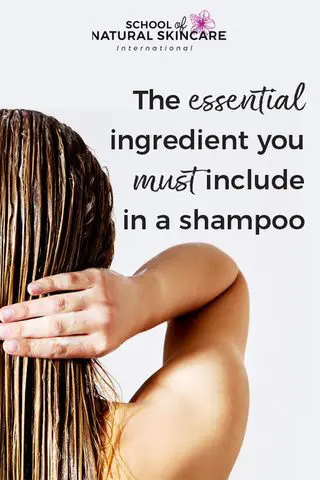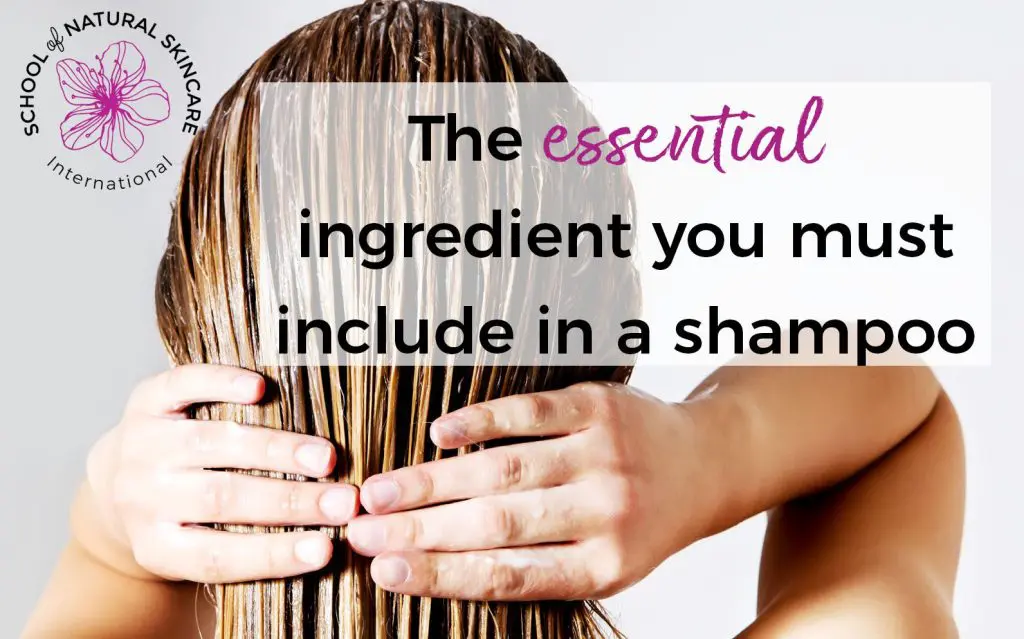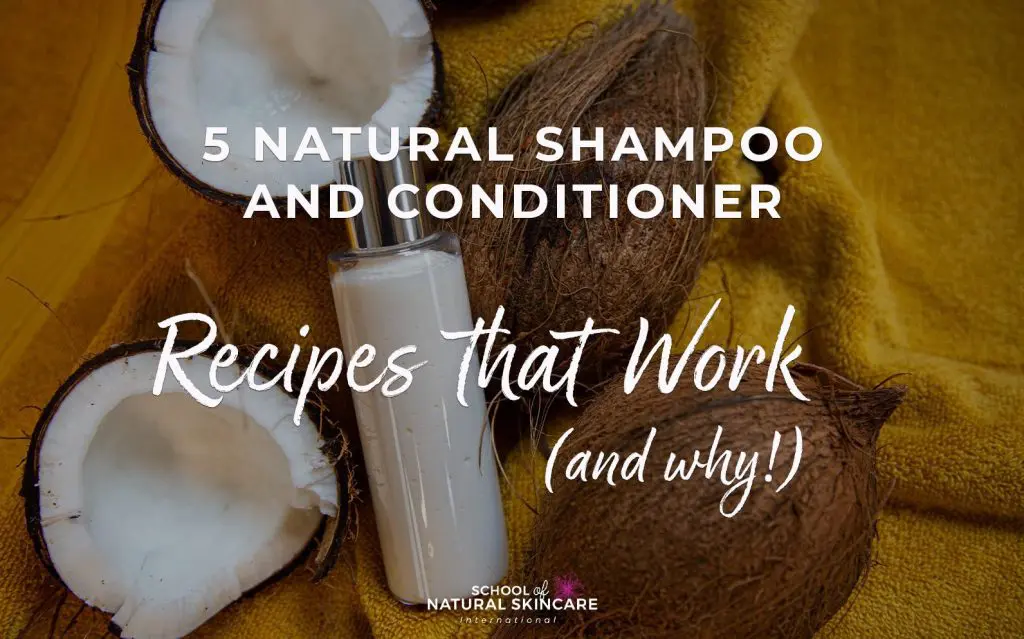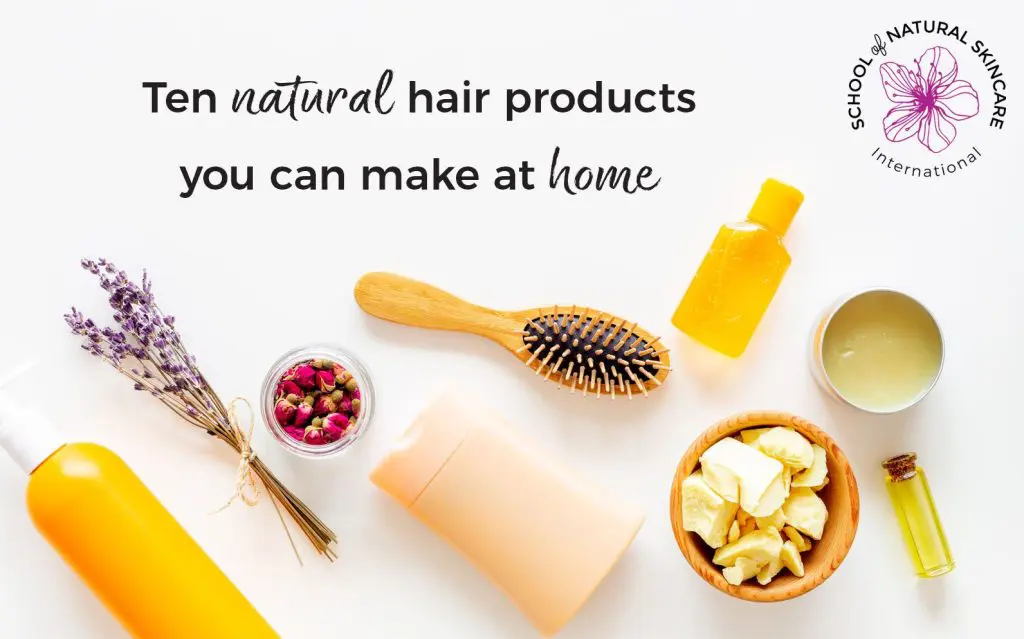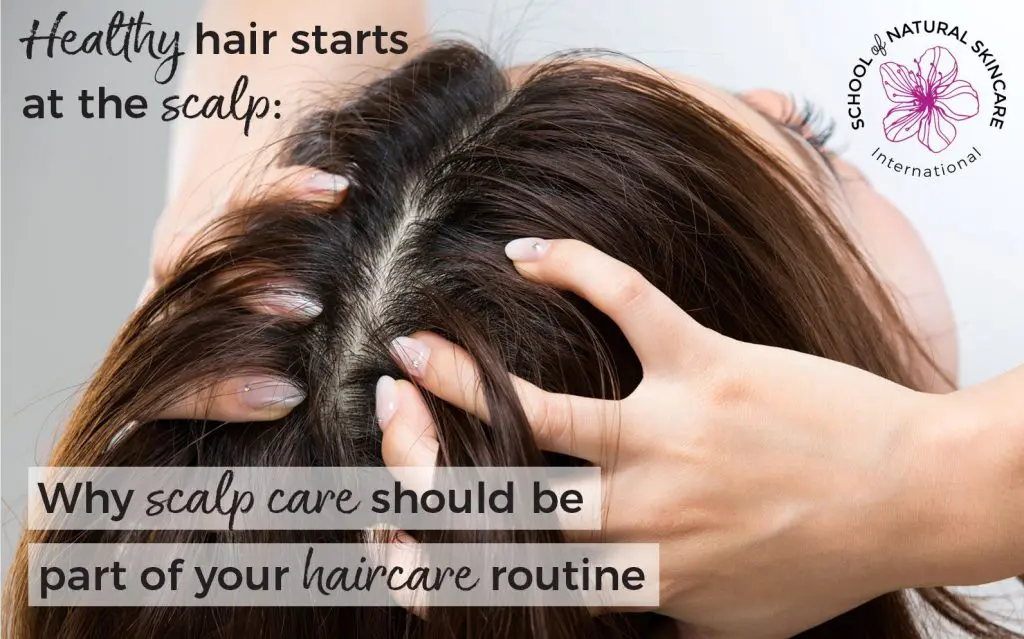There’s a lot of myths and misinformation out there about skincare formulation and function, and haircare is no exception. We’ve already explored some of the commonly-found haircare recipes that don’t work, and why, and we wanted to turn the focus around and explore what does work instead!
How Shampoo Works
The cornerstone of most people’s haircare routines, and quite possibly the most popular haircare product type, shampoo’s primary function is to clean the hair and the scalp. Dirt, dust, natural oils produced by the scalp as well as styling products all can build up and lead to hair that is lank, oily, and feels unclean. You run your fingers through your hair and come away a bit greasy… time to jump in the shower!
We all know that oil and water don’t mix. These dirty, oily bits cling to the hair, and though you might scrub and scrub under the shower, it takes something to get them to budge. A shampoo works by surrounding and trapping these tiny droplets of fat and lowering the surface tension so that they can be washed off with water.
The essential ingredient in a shampoo which performs this function is called a Surfactant.
Without a surfactant, a shampoo or any other foaming cleanser just won’t work. The water will run over the oil, and your hair won’t get cleaned very well at all.
(And as we’ve already discussed, this is one of the primary reasons why so many DIY shampoo recipes don’t work! They rarely, if ever, include a surfactant.)
There are, of course, other things that a shampoo should be doing for your hair and scalp. A good shampoo should not only cleanse the hair, but it should close the hair cuticle, balance the pH, and it may also provide additional benefits like moisturizing, scalp-soothing, lovely scent depositing, and so forth.
But when it really comes down to it, the surfactant is the number one ingredient that accomplishes the primary goal—getting clean hair!

So, What’s a Surfactant?
The word surfactant is a shorter term that means surface active agent, and that’s precisely what it does. It is a category of ingredient that has many functions within a formulation, mostly around those interactions between oils and water. Surfactants also assist in foaming, although how much a product foams up and how much it cleans are two different things. Some surfactants foam up a lot, but have a very low detergency; others foam only a little, but clean very well. Learning more about the different types of surfactant, and how to incorporate them into your haircare formulations, is essential to creating a product that works the way you intend.
One of the reasons why DIY recipes might not include surfactants is that the person making the recipe just doesn’t know how essential they are to shampoo function. People may feel like avoiding anything that sounds synthetic, processed, or like a chemical is intrinsically a bad thing, and cannot be natural. But that’s just not true.
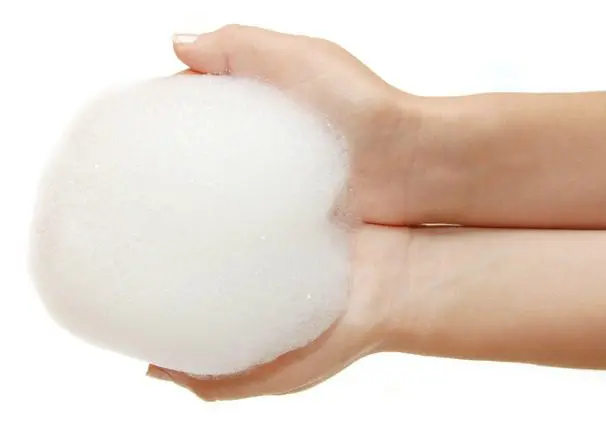
While there are many harsh surfactants, and undesirable surfactants that include ethoxylated molecules and PEGs, there are also some excellent gentle, natural options that provide the best of both worlds—all of the function of a surfactant with none of the harsh effects.
SLS (or sodium lauryl sulfate) for example is one of the most commonly used surfactants in commercial haircare and foaming skincare products, such as body wash and shampoo. It’s cheap, strong, and irritating to the skin on many people. In fact it’s probably the most harsh and irritating surfactant. SLS is definitely something to avoid in your skincare routine.
We talk more about how to avoid SLS and alternative gentle natural surfactant options here: How to Avoid SLS in your Beauty Products (and what to use instead!).
Making Your Own Shampoo
One of the key benefits to studying the formulation of a haircare or skincare product is that it allows you to see the big picture by learning everything you need to know about each individual piece of the puzzle. It’s not enough to create a product that bubbles and smells good and might even look like shampoo; it ought to work correctly, on the chemical level.
Formulating with surfactants requires a thorough understanding of how they function and what proportions to use to achieve the result you desire. You ought to know the rules, and the science—and once you have that, you’ll be able to unlock all kinds of foaming hair- and bodycare products with the same repeatable, scalable formula.
The knowledge is available—you don’t have to scour the internet or scrub through websites and books to get the clean, fresh approach and the information you need!
So, what else do you need to make natural, organic shampoos—and conditioners, and oil treatments, and detanglers, and more? Our Diploma in Natural Haircare Formulation course will teach you everything you need to know!
Free Training
Become a Natural Haircare Formulator
There are so many myths and mistakes online about haircare formulation—many of which can actually damage your hair.
Learn the professional way to formulate natural and organic haircare products with our free email training series.
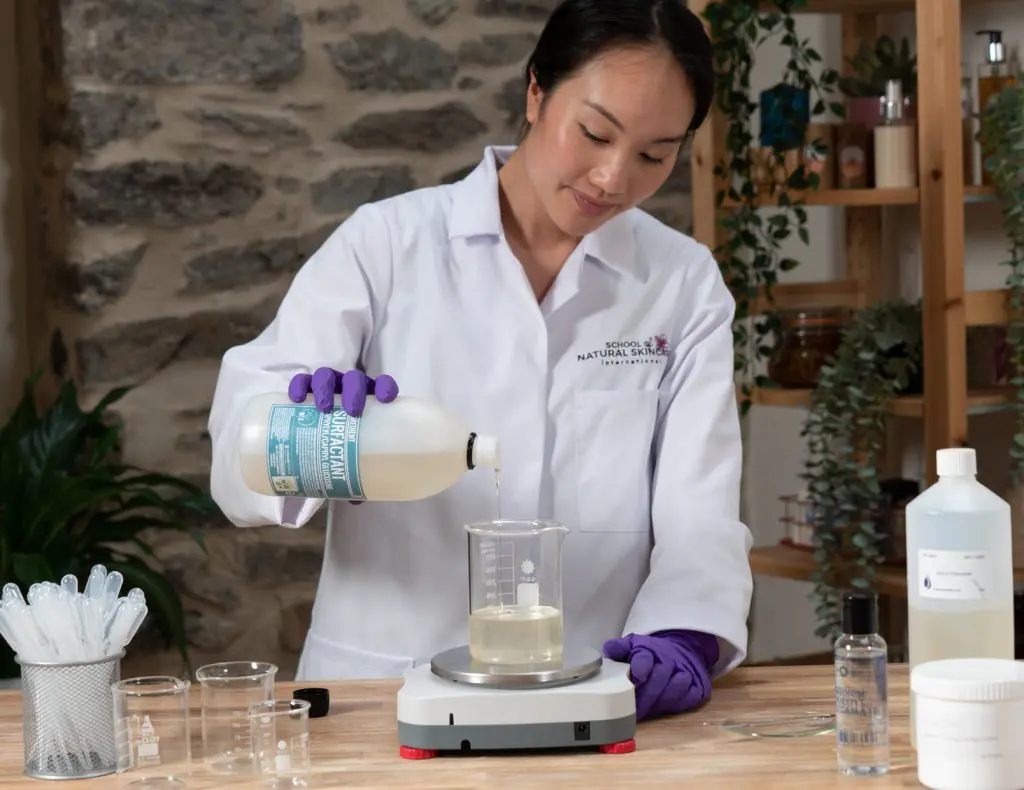
Exclusive for our newsletter subscribers. Sign up now!
We look after your data in accordance with our privacy policy.
What you’ll learn:
- The essential ingredient you must include in a shampoo.
- Five natural shampoo recipes that won’t work and why.
- How to avoid SLS – and gentle, natural alternatives.
- The difference between making haircare products and skincare products.
- How NOT to make your own shampoo and conditioner bars.
Exclusive for our newsletter subscribers. Sign up now!
Love this blog post? Save this image below on Pinterest so you can be sure to remember
